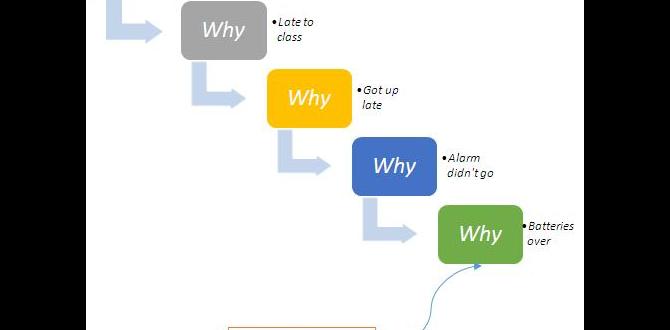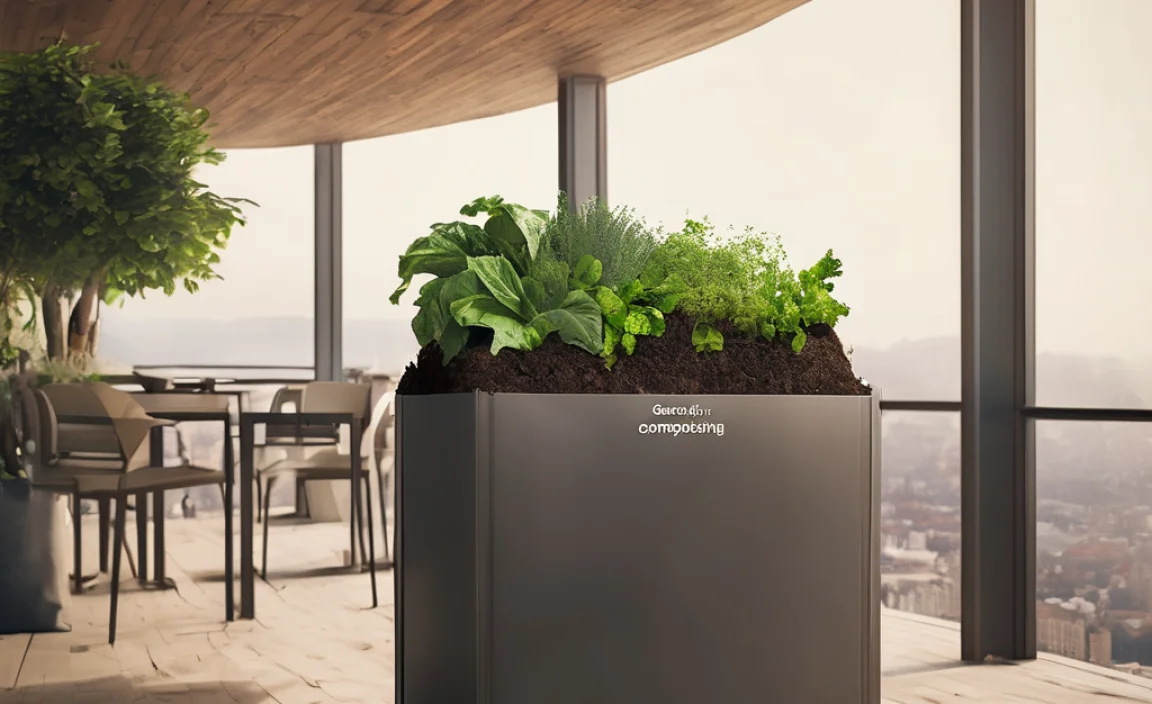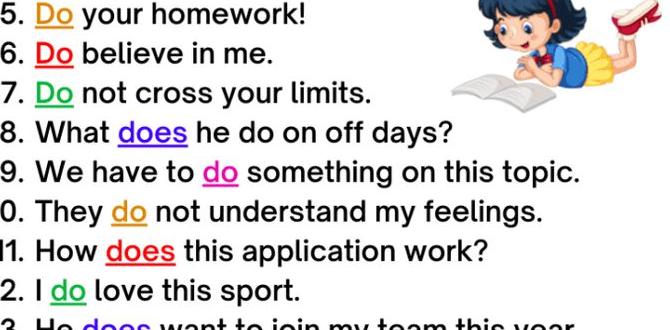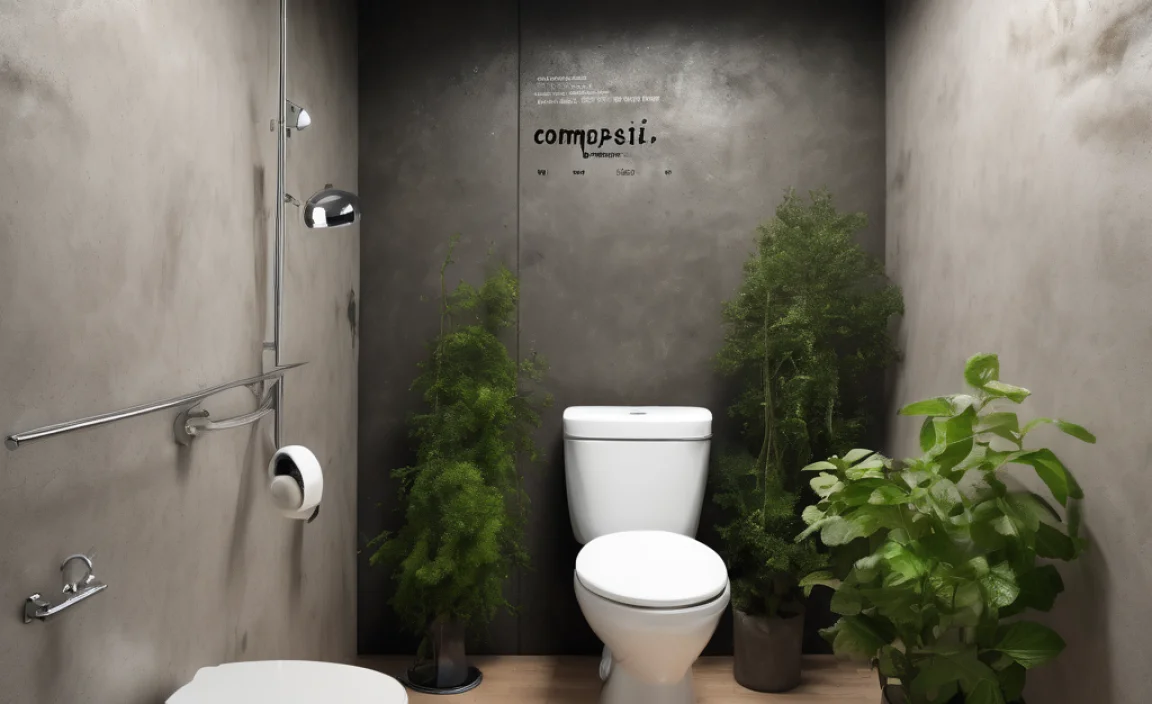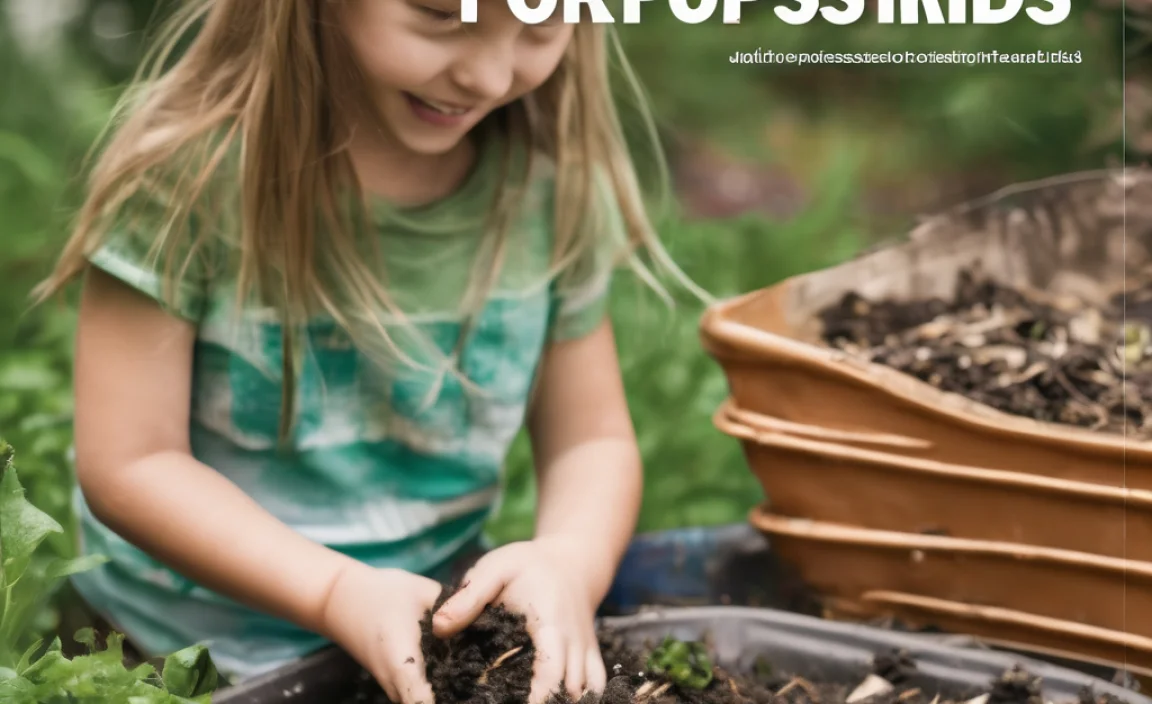Have you ever thought about turning waste into treasure? Composting is magical. It turns scraps into rich soil. But did you know you can compost paper too? Welcome to our paper composting guide. Let’s dive into this surprising world. It’s easy, fun, and good for the Earth.
Imagine helping plants grow by using old paper. It’s not just for food scraps. This guide will show you how. You’ll learn why and how paper helps in composting. Can paper really break down in soil? Yes, it can! Let’s find out together.
Key Takeaways
- Composting turns waste into nutrient-rich soil.
- Paper is a great addition to compost heaps.
- This paper composting guide simplifies the process.
- Using paper reduces trash and enriches soil.
- Follow these steps to start composting at home.
Understanding Paper Composting Guide
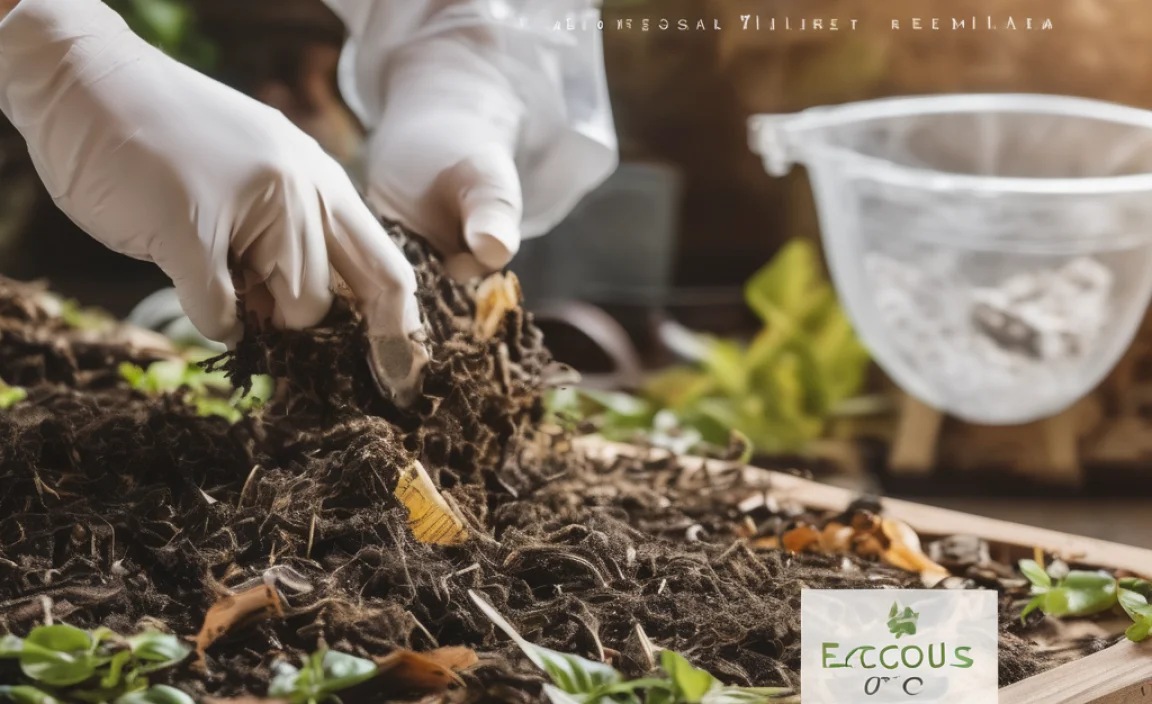
Paper is more than just something to write on. It can also help our gardens. This paper composting guide will teach you how. Paper is made from trees, which are natural things. When paper breaks down, it turns back into soil. This process is called composting. But not all paper is good for composting. Glossy or colored paper can have harmful chemicals. Stick to plain, black-and-white paper. This will ensure your compost is safe and rich in nutrients.
- Use plain, uncolored paper.
- Avoid glossy, shiny paper.
- Shred paper into small pieces.
- Mix with other compost materials.
- Keep the compost pile moist.
- Turn the pile regularly.
Shredding paper helps it break down faster. Once added, mix it with food scraps and yard waste. This creates a balanced compost. Keep the heap moist, not too dry or wet. Turning it helps air flow, speeding up decomposition. With patience, you’ll have rich compost in a few months.
Fun Fact or Stats : Did you know? Each year, around 68 million trees are used to produce paper in the U.S.!
Why Paper is Important in Composting
Why should we use paper in composting? Paper acts like a sponge. It absorbs moisture. This helps keep the compost heap balanced. Too much moisture can stop the composting process. But paper can help fix that. Paper also adds carbon. Carbon is needed to make the best compost. The right mix of carbon and nitrogen makes amazing compost. Think of it as cooking. You need the right ingredients for a good meal. Paper helps complete the recipe.
Choosing the Right Paper
What kind of paper should you use? Not all papers are the same. Some have chemicals or colors that are not good for compost. Avoid glossy papers like magazines. They might have inks and coatings that don’t break down well. Stick to plain paper like newspapers or paper towels. These types of paper break down easily. They are free of harmful substances. Remember, the simpler the paper, the better it is for your compost.
How to Prepare Paper for Composting
How do you prepare paper for composting? It’s simple! First, tear or shred the paper. Smaller pieces break down faster. Think about ripping a page into confetti. Next, mix the paper pieces with other compost materials. These include fruit scraps, veggie peels, and grass clippings. Keep the mix balanced. Too much paper can cause problems. Aim for a well-mixed compost pile.
Steps to Start Your Paper Composting
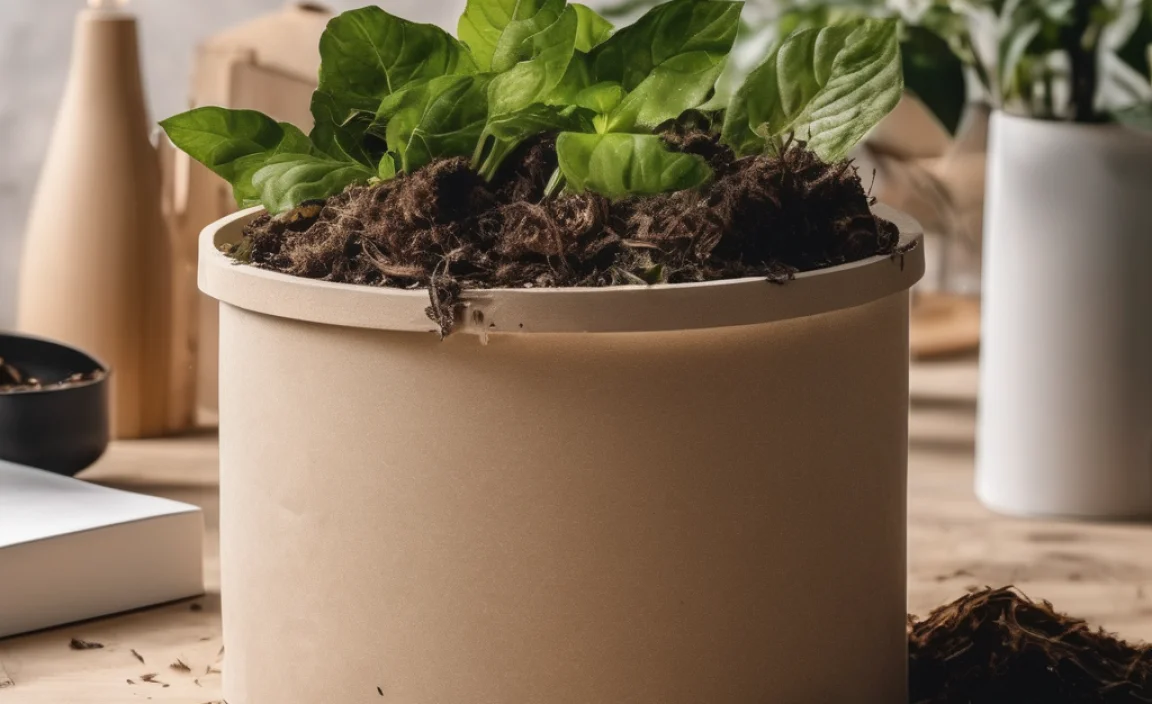
Starting a compost pile is easy and fun. First, pick a spot in your yard. Make sure it’s a place that can get some sun. A little sunlight helps the composting process. Next, gather your materials. You’ll need food scraps, yard waste, and paper. Add a layer of twigs or straw at the bottom. This helps with drainage. Then, start adding layers of green and brown materials. Paper counts as brown material. Remember to keep it wet, but not soggy. Turn the pile every week to add air and aid decomposition.
- Choose a sunny spot for compost.
- Gather food scraps and yard waste.
- Add layers of material.
- Keep pile moist but not wet.
- Turn the pile weekly.
- Watch for temperature changes.
Composting is a cycle. It never really ends. After a few months, you’ll see dark, crumbly soil at the bottom of your heap. This is your homemade compost. Use it in your garden to help plants grow strong. Your efforts will also reduce waste. Feel proud knowing you’re helping the environment!
Fun Fact or Stats : Did you know? Composting can reduce household waste by up to 30%!
Building the Right Compost Pile
Have you ever built a sandcastle? Building a compost pile is similar. You start with a solid base. Begin with twigs or straw. This lets air circulate and helps with drainage. Next, layer your materials. Add food scraps, yard waste, and shredded paper. Keep layering until your pile is about three feet high. This size helps keep the right temperature for decomposition. Just like a sandcastle, your compost pile needs the right foundation to stand strong.
Managing Moisture in Compost
Why is moisture important in composting? Compost needs water to help materials break down. But too much water is bad. It can make the pile smelly. Too little water slows down the process. Think of it like baking a cake. You need the right amount of water to make it rise. Check the moisture by squeezing a handful of compost. It should feel like a damp sponge. If it’s too wet, add more paper. If it’s dry, sprinkle some water on top.
Turning the Compost Pile
Do you know why turning the compost pile is important? It’s like stirring soup. Turning helps mix materials and adds air. Air is vital for composting. Without it, the pile might smell bad. Use a shovel or pitchfork to turn the pile. Do this once a week. It’s a bit of work but worth it. It speeds up the process and creates a better product. Plus, it’s a great way to exercise!
Benefits of Paper Composting
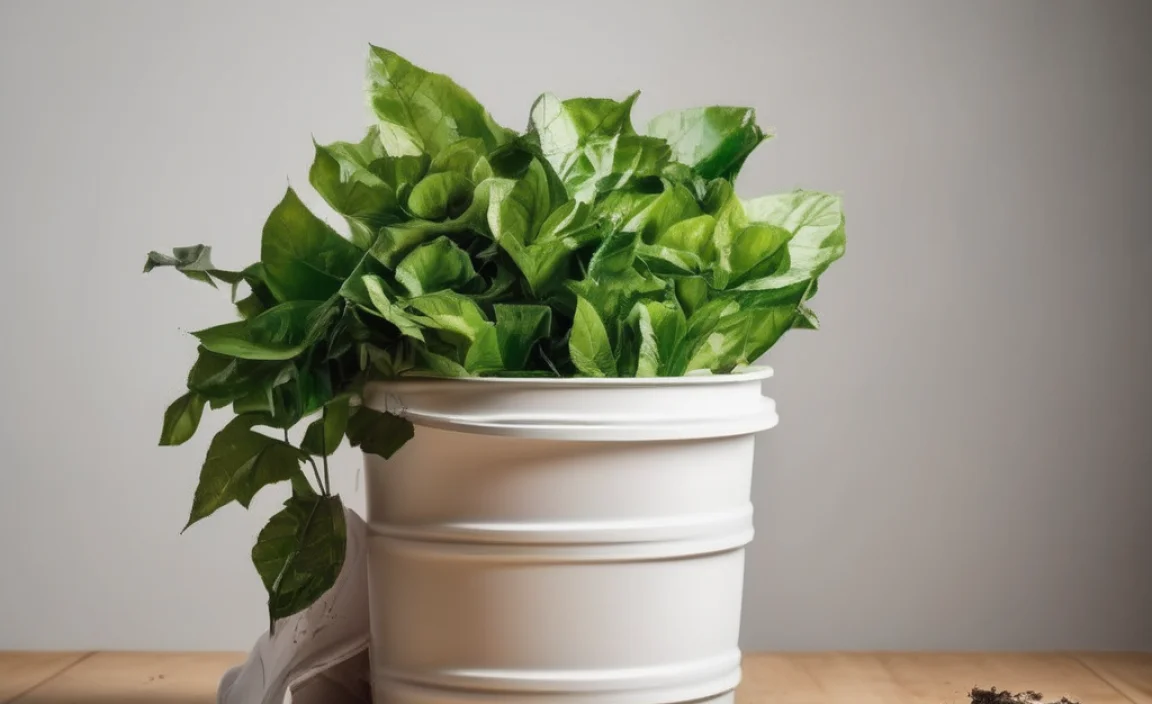
Paper composting has many benefits. It’s good for the Earth and your garden. Composting paper reduces waste in landfills. Less waste means less pollution and lower greenhouse gases. You are helping the planet! Plus, compost enriches the soil. It makes your garden flourish. Plants grow stronger and healthier. With composting, you save money on fertilizers. It’s a win-win situation for everyone involved.
- Reduces landfill waste.
- Decreases pollution and greenhouse gases.
- Enriches soil for stronger plants.
- Saves money on fertilizers.
- Improves overall garden health.
- Supports a sustainable lifestyle.
Composting paper creates a cycle of sustainability. The paper you compost today enriches the soil tomorrow. This cycle benefits everyone. Even wild animals and insects will enjoy a healthier environment. It’s a great way to contribute to a sustainable future. Every little bit helps!
Fun Fact or Stats : Fun fact: Each ton of recycled paper saves 17 trees and 7,000 gallons of water!
Environmental Impact of Paper Composting
What impact does paper composting have on the environment? It’s quite significant! Composting paper reduces waste in landfills. Less waste means a cleaner Earth. It also helps reduce greenhouse gases. These gases trap heat and contribute to climate change. By composting, you’re lowering these harmful emissions. Imagine a cleaner, greener planet. A place where animals thrive and plants grow abundantly. You can be a part of this amazing change.
Improving Garden Health with Compost
How does compost improve garden health? Compost is like a superfood for plants. It’s full of nutrients that plants love. When mixed with garden soil, compost boosts plant growth. It helps retain water, reducing the need for frequent watering. Compost also improves soil structure. Healthy soil means strong roots and flourishing plants. Your garden will become a vibrant, colorful paradise. All thanks to a little bit of compost magic!
Cost Savings Through Composting
Can composting save you money? Yes, it can! Composting makes rich soil, reducing the need for store-bought fertilizers. Think about how much money you spend on garden products. Composting uses things you already have. Paper, food scraps, and yard waste are free resources. By turning them into compost, you save money and reduce waste. It’s a smart way to garden sustainably.
How to Monitor Composting Progress
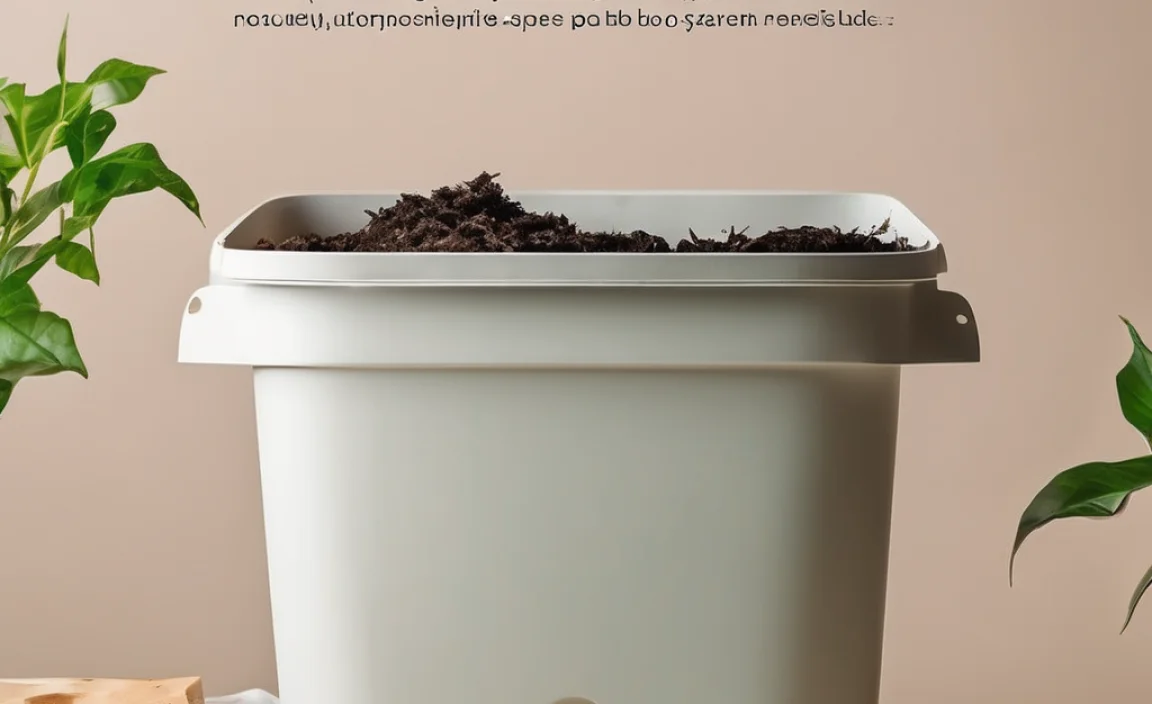
Monitoring your compost pile is important. It helps ensure everything is breaking down properly. The first thing to watch is temperature. A warm pile is active and breaking down. Use a compost thermometer, or simply stick your hand inside. It should feel warm, but not hot. Next, check the moisture. The pile should be as damp as a wrung-out sponge. If it’s too dry, add water. If it’s too wet, add more paper.
- Check compost temperature regularly.
- Ensure pile stays damp but not soggy.
- Mix materials to promote even breakdown.
- Watch for pests or bad smells.
- Adjust balance of green and brown materials.
- Use a compost thermometer if available.
If your compost pile starts to smell, it may need more air. Turn it to add oxygen. This helps reduce odors. Be patient. Composting is a slow process. With time and care, your waste will turn into wonderful, nutritious soil. You can use this soil to help your garden grow. Your patience will be rewarded with healthy plants.
Fun Fact or Stats : Did you know? Properly maintained compost can heat up to 140°F, killing harmful bacteria!
Temperature Control in Compost
Why is temperature control important in composting? Heat helps break down materials faster. A hot compost pile is a sign of healthy decomposition. The ideal temperature range is 135°F to 160°F. Too cold, and the process slows down. Too hot, and it can harm beneficial microbes. Use a thermometer to check the temperature. Adjust the pile by adding more green materials if it’s too cold. Or add more brown materials like paper if it’s too hot.
Identifying Common Composting Issues
What are some common issues in composting? Sometimes a compost pile might smell bad. This can mean it’s too wet or doesn’t have enough air. Turn the pile to solve this problem. Add more paper to absorb excess moisture. Another issue is pests. Rodents and insects may visit if there’s too much food. Cover the top with a layer of paper or leaves. This keeps the smell in and pests out.
Adjusting Green and Brown Ratios
How do you adjust green and brown ratios? The right balance ensures good compost. Green materials are rich in nitrogen. These include fruit peels and grass clippings. Brown materials are high in carbon. These include paper and dried leaves. Aim for a 2:1 ratio of brown to green. If the pile looks too green, add more paper. If it’s not breaking down, add more greens.
Conclusion
Composting with paper is a simple and rewarding process. This paper composting guide helps you turn waste into rich soil. Remember to use the right kind of paper. Keep your compost balanced and turn it regularly. Soon, you’ll have nutrient-rich compost for your garden. Enjoy watching your plants thrive!
FAQs
Question: Can glossy paper be composted?
Answer: No, glossy paper is not good for composting. It often contains chemicals and coatings that do not break down well. Stick to plain, uncoated paper for the best results.
Question: How long does paper take to compost?
Answer: Paper can take a few weeks to several months to break down. The time depends on the type of paper and the composting conditions. Shredding paper and maintaining a balanced pile can speed up the process.
Question: What kinds of paper are best for composting?
Answer: Best papers include newspaper, office paper, and paper towels. Avoid using colored, glossy, or heavily printed paper. These may contain chemicals bad for compost.
Question: Does composting paper attract pests?
Answer: If managed properly, composting paper should not attract pests. Ensure your compost pile is balanced, covered, and turned regularly. This helps keep pests away and maintains a healthy pile.
Question: Can I use shredded paper for worm composting?
Answer: Yes, shredded paper is excellent for worm composting. Worms love it and it makes great bedding. Ensure the paper is moist and mixed with other organic materials. This creates a perfect environment for worms.
Question: How does a paper composting guide help beginners?
Answer: A paper composting guide provides step-by-step instructions. It simplifies the process for beginners. By following the guide, anyone can start composting paper effectively and enjoy the benefits.
.lwrp.link-whisper-related-posts{
margin-top: 40px;
margin-bottom: 30px;
}
.lwrp .lwrp-title{
}.lwrp .lwrp-description{
}
.lwrp .lwrp-list-container{
}
.lwrp .lwrp-list-multi-container{
display: flex;
}
.lwrp .lwrp-list-double{
width: 48%;
}
.lwrp .lwrp-list-triple{
width: 32%;
}
.lwrp .lwrp-list-row-container{
display: flex;
justify-content: space-between;
}
.lwrp .lwrp-list-row-container .lwrp-list-item{
width: calc(25% – 20px);
}
.lwrp .lwrp-list-item:not(.lwrp-no-posts-message-item){
max-width: 150px;
}
.lwrp .lwrp-list-item img{
max-width: 100%;
height: auto;
object-fit: cover;
aspect-ratio: 1 / 1;
}
.lwrp .lwrp-list-item.lwrp-empty-list-item{
background: initial !important;
}
.lwrp .lwrp-list-item .lwrp-list-link .lwrp-list-link-title-text,
.lwrp .lwrp-list-item .lwrp-list-no-posts-message{
}@media screen and (max-width: 480px) {
.lwrp.link-whisper-related-posts{
}
.lwrp .lwrp-title{
}.lwrp .lwrp-description{
}
.lwrp .lwrp-list-multi-container{
flex-direction: column;
}
.lwrp .lwrp-list-multi-container ul.lwrp-list{
margin-top: 0px;
margin-bottom: 0px;
padding-top: 0px;
padding-bottom: 0px;
}
.lwrp .lwrp-list-double,
.lwrp .lwrp-list-triple{
width: 100%;
}
.lwrp .lwrp-list-row-container{
justify-content: initial;
flex-direction: column;
}
.lwrp .lwrp-list-row-container .lwrp-list-item{
width: 100%;
}
.lwrp .lwrp-list-item:not(.lwrp-no-posts-message-item){
max-width: initial;
}
.lwrp .lwrp-list-item .lwrp-list-link .lwrp-list-link-title-text,
.lwrp .lwrp-list-item .lwrp-list-no-posts-message{
};
}

